WIRED’s spiritual advice columnist on whether modern tech makes people behave more like bots.


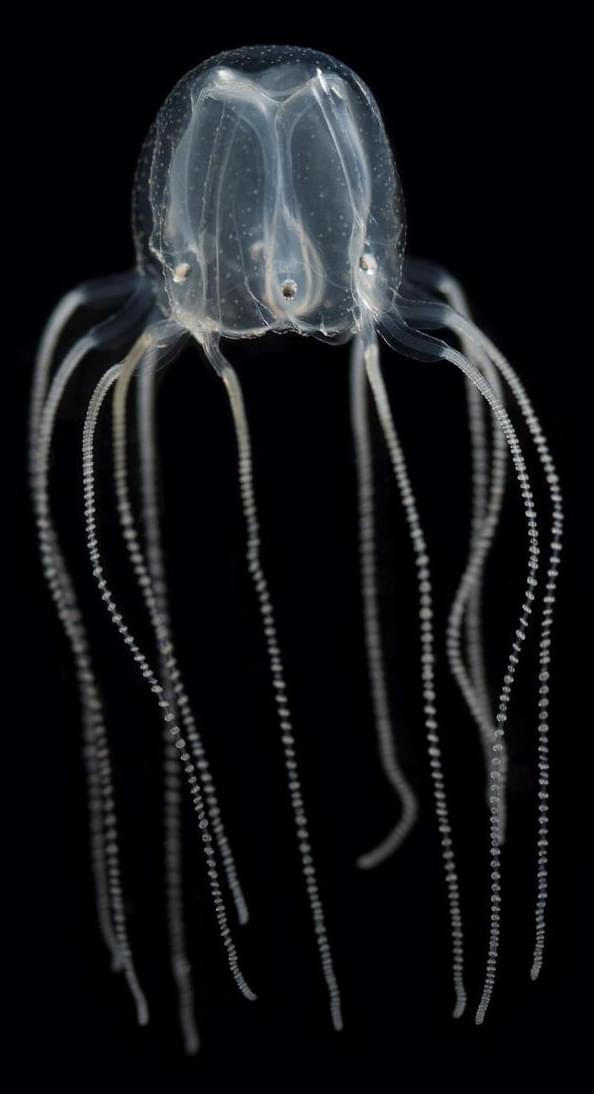
Jellyfish are more advanced than once thought. A new study from the University of Copenhagen has demonstrated that Caribbean box jellyfish can learn at a much more complex level than ever imagined—despite only having one thousand nerve cells and no centralized brain. The finding changes our fundamental understanding of the brain and could enlighten us about our own mysterious brains.
After more than 500 million years on Earth, the immense evolutionary success of jellyfish is undeniable. Still, we’ve always thought of them as simple creatures with very limited learning abilities.
The prevailing opinion is that more advanced nervous systems equate with more advanced learning potential in animals. Jellyfish and their relatives, collectively known as cnidarians, are considered to be the earliest living animals to develop nervous systems and to have fairly simple nervous systems and no centralized brain.
Discovering And Developing Medicines To Keep You Biologically Young — Dr. Marco Quarta, Ph.D. — Co-Founder and CEO, Rubedo Life Sciences; CEO, Phaedon Institute.
Dr. Marco Quarta, Ph.D. is Co-Founder and CEO of Rubedo Life Sciences (https://www.rubedolife.com/), a biopharmaceutical company developing a broad portfolio of innovative therapies engineered to target cells which drive chronic age-related diseases. The company’s proprietary ALEMBIC™ drug discovery platform has engineered novel first-in-class small molecules designed to selectively target senescent cells, which play a key role in the progression of pulmonary, dermatological, oncological, neurodegenerative, fibrotic and other chronic disorders.
Dr. Quarta received his doctorate degree in Biotechnology from the University of Bologna and a Ph.D. in Neuroscience from the University of Padua. He completed a post-doc in Aging and Stem cell Biology in the lab of Prof. Thomas Rando at Stanford University and continued his work at Stanford directing a research team at the Center for Tissue Regeneration, Repair, and Restoration at the VA Hospital in Palo Alto, CA. While there, he established a translational program in regenerative medicine. He has over 35 publications and patents in the field of aging, stem cells, regenerative medicine, and rejuvenation.
Dr. Quarta also co-founded Wetware Concepts, Young European Biotech Network (YEBN), and Turn Biotechnology, and served as an executive board member of the European Federation of Biotechnologies. He currently sits on the advisory board of the California Institute for Regenerative Medicine (CIRM) Calpoly Bridge program, and the advisory board at the Center for Healthcare Innovation. He is a member of the Paul F Glenn Center for the Biology of Aging Studies at Stanford University, one of the most prestigious institutions supporting the science of aging.
Dr. Quarta also serves as CEO and President for the Board of Directors of The Phaedon Institute (https://www.phaedon.institute/), a think-tank organization that operates with the mission of supporting and enabling effective and sustainable growth in the field of aging and longevity sciences.
Fascinating… when can we expect this to be invented?
A short film set in the near future, where augmented reality has become so ubiquitous that the line between the real and virtual worlds have become blurred. When a new, dangerous technology is created that can manipulate the perception of this brave new world, who will exploit it? Who will monetize it? Who will become twisted by it?
“Augmented” by Ross Peacock.
More About “Augmented”:
Augmented is directed by Ross Peacock and produced by Ben Mortimer of Black Arrow Pictures, and executive produced by Tim Clayton of Sweet Potato Productions. Starring Sabine Crossen, Brett Fancy and Camilla Roholm.
#DUST #scifi #shortfilm.

Waymo is offering some Los Angeles residents the chance to ride in the self-driving car across the city.
The company is kicking off its Waymo One tour, which they say is ‘the world’s first fully autonomous ride-hailing service,’ in October.
“Chauffeured by the Waymo Driver — Waymo’s autonomous driving technology that never gets distracted, drowsy or drunk — Angelenos will discover new and stress-free ways to explore their city, whether it’s finding hidden gem thrift spots in Mid City, trying a new cafe in Koreatown or catching a concert in DTLA,” the company said.

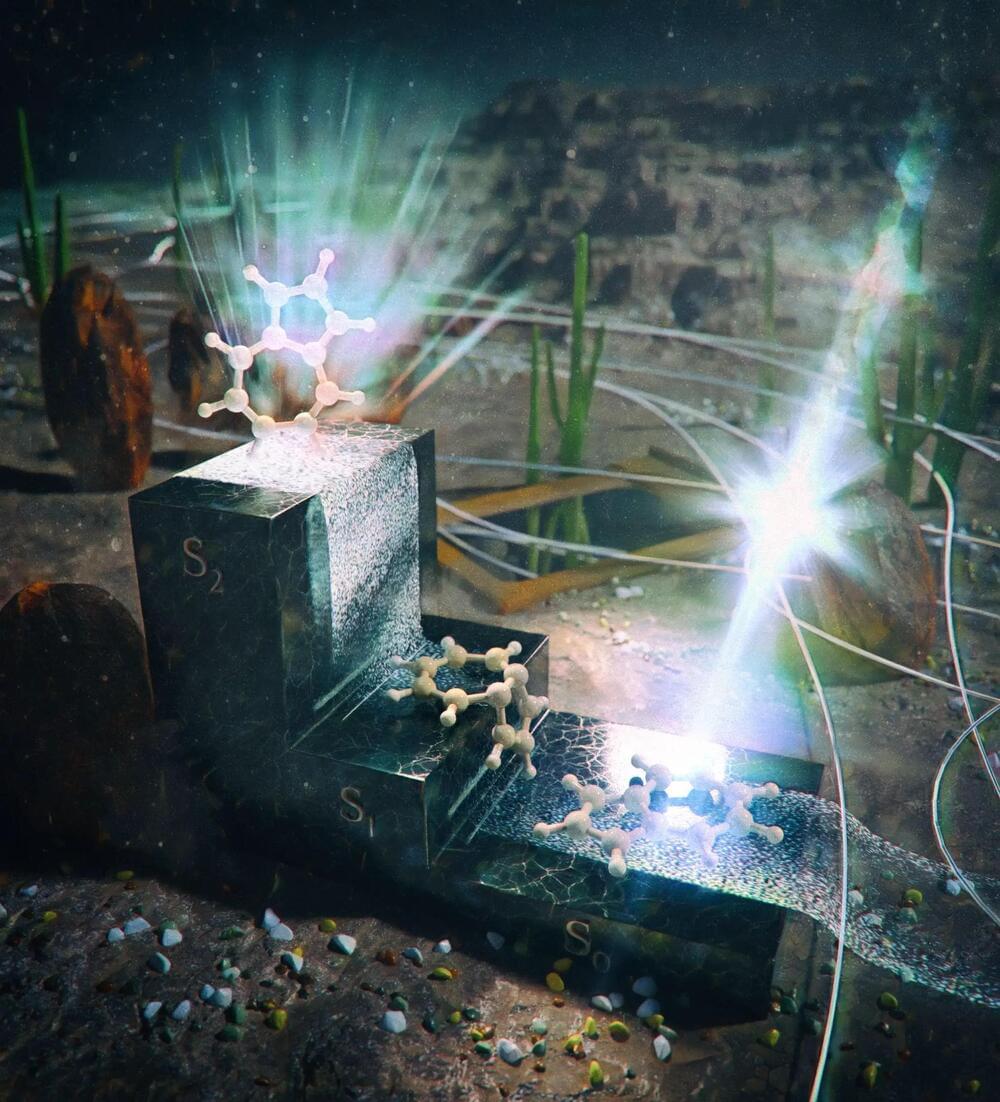
Scientists from IOCB Prague are the first to describe the causes of the behavior of one of the fundamental aromatic molecules, azulene. This molecule has captivated the scientific community not just with its distinct blue hue, but also with its unique properties.
Their current undertaking will influence the foundations of organic chemistry in the years to come and in practice will help harness the maximum potential of captured light energy. Their findings were recently published in the Journal of the American Chemical Society (JACS).
Azulene has piqued the curiosity of chemists for many years. The question of why it is blue, despite there being no obvious reason for this, was answered almost fifty years ago by a scientist of global importance, who, coincidentally, had close ties with IOCB Prague, Prof. Josef Michl.
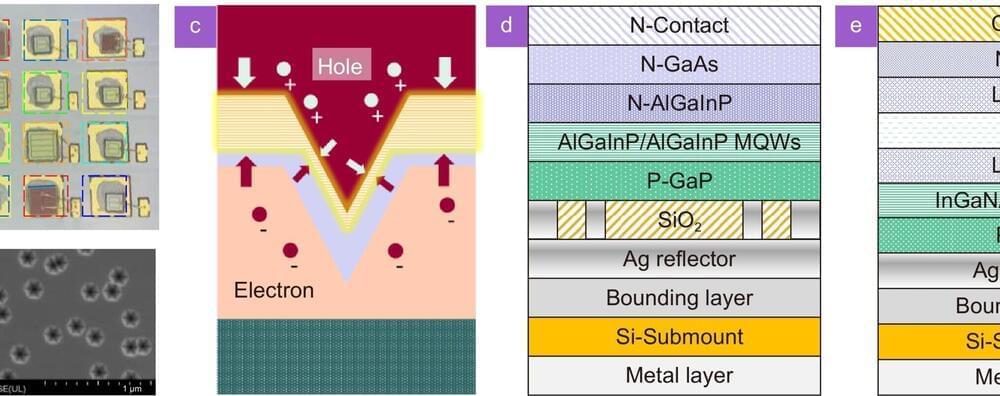
Under the limitation of current density, micro-LED is difficult to achieve watts level optical power, which is not suitable for long-distance and underwater optical communication that requires high-power optical transmitter devices. Therefore, how to improve the communication performance of conventional-size LED is also a key issue at present.
The authors of an article published in Opto-Electronic Science studied a wavelength division multiplexing visible light communication system based on multi-color LED. The system uses a Si substrate GaN-based LED with a 3D structured quantum well. In the active layer of this LED, there is a three-dimensional structure (“V” shaped pit, or V-pit) with a hexagonal profile, opening towards the P-type GaN layer.
With the large-scale commercial use of 5G, global academia and industry have started research on the next-generation mobile communication technology (6G).
However, the existing RF spectrum resources are seriously depleted to meet the spectrum demand of 6G for ultra-high speed and ultra-large capacity. This severe challenge stimulates researchers to focus on higher frequency bands such as terahertz, infrared and visible light. Among them, visible light communication utilizes the ultra-wide spectrum from 400THz to 800THz, which has the merits of no licensing, high secrecy, environmental-friendly, and no electromagnetic radiation.
At the same time, with the help of commercially available LED technology, visible light communication systems can be integrated with lighting systems. However, limited by the electro-optic response performance of LED devices, the actual available bandwidth of the system is very small compared with the frequency band of visible light.
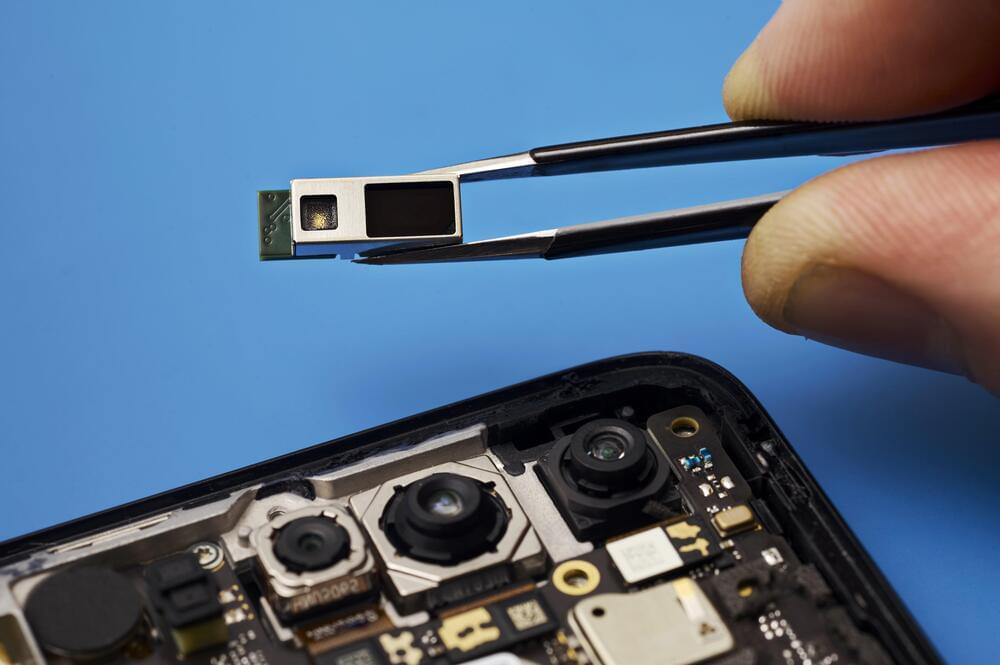
It would probably be an understatement to say that Li-Fi players everywhere must be thrilled with the recent ratification of the light-based wireless communications standard, IEEE 802.11bb. The certification provides a globally recognized framework to deploy Li-Fi technologies and sets the stage for Li-Fi systems to interoperate with Wi-Fi networks, each of which should trigger faster technology adoption. And for Li-Fi users, the standard opens the door to eye-watering data speeds of up to 224 Gbps, way faster than even the 40-Gbps data rates promised by next-generation Wi-Fi 7.
Li-Fi is a wireless technology that uses light rather than radio frequencies to transmit data. It was first… More.
“In my view, the impact of the new standard will be huge,” said Harald Haas, Li-Fi pioneer, chief scientific officer of pureLiFi and professor of mobile communications at the University of Strathclyde, U.K. “We’ve truly opened up wireless communications in the optical domain, which is a big step.”
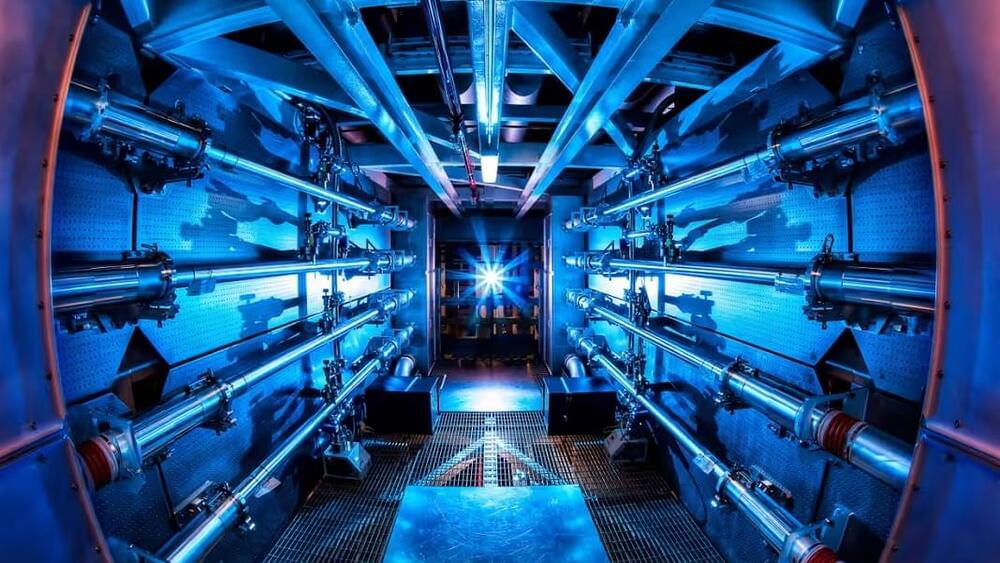
Fusion power has long been seen as a pipe dream, but in recent years the technology has appeared to be edging closer to reality. The second demonstration of a fusion reaction that creates more power than it uses is another important marker suggesting fusion’s time may be coming.
Generating power by smashing together atoms holds considerable promise, because the fuel is abundant, required in tiny amounts, and the reactions produce little long-lived radioactive waste and no carbon emissions. The problem is that initiating fusion typically uses much more energy than the reaction generates, making a commercial fusion plant a distant dream at present.
Last December though, scientists at the Lawrence Livermore National Laboratory made a major breakthrough when they achieved “fusion ignition” for the first time. The term refers to a fusion reaction that produces more energy than was put in and becomes self-sustaining.